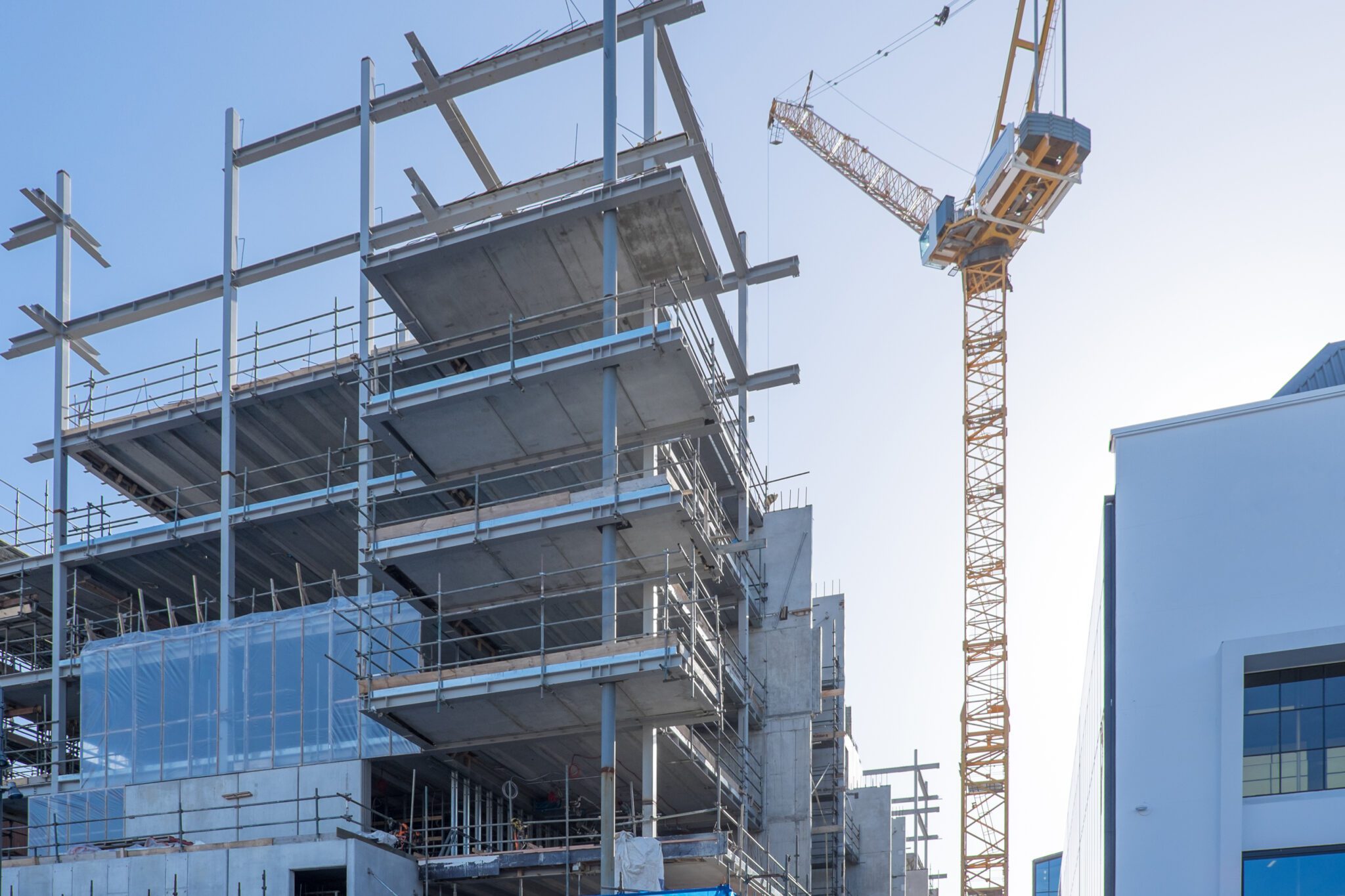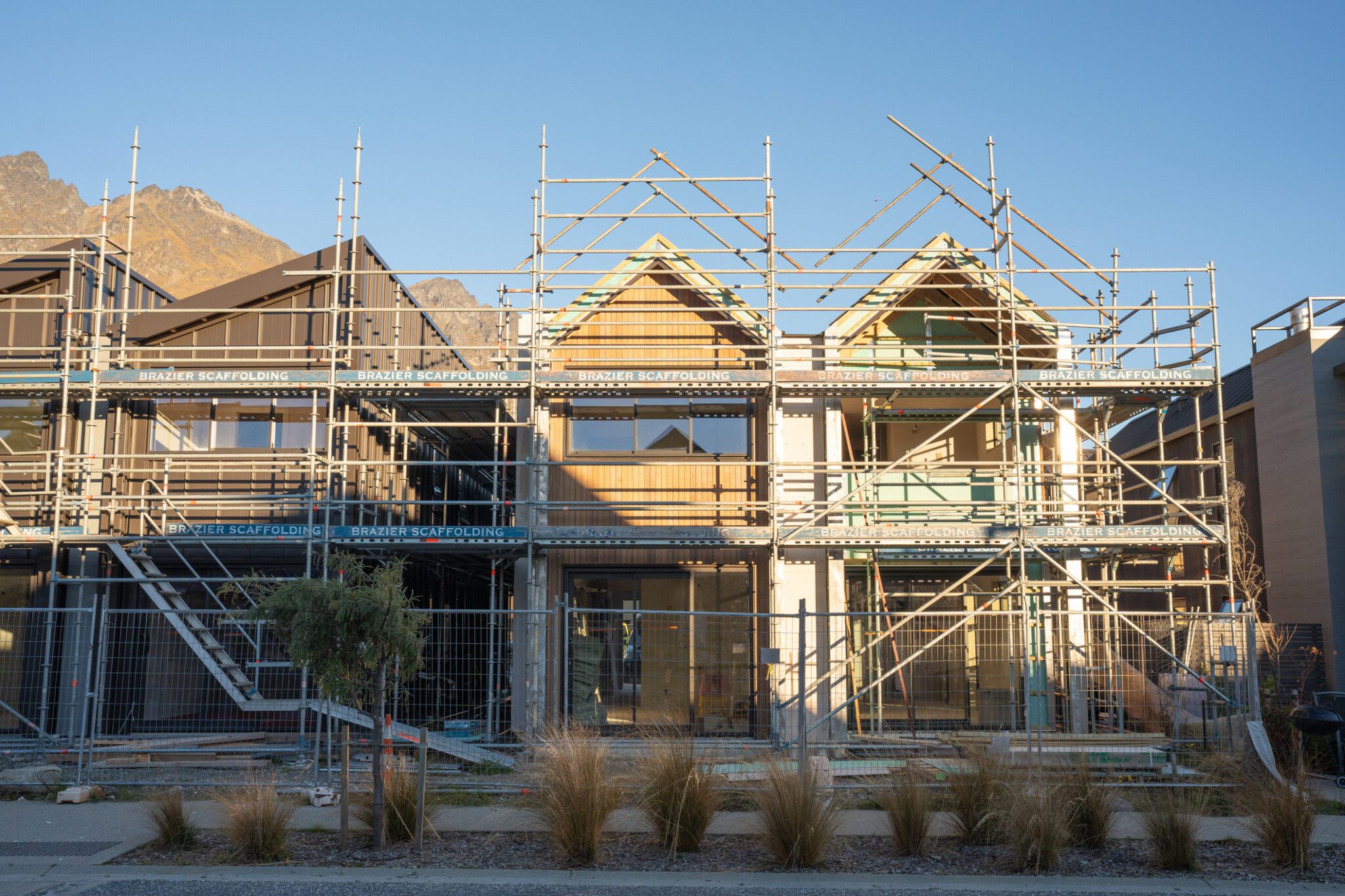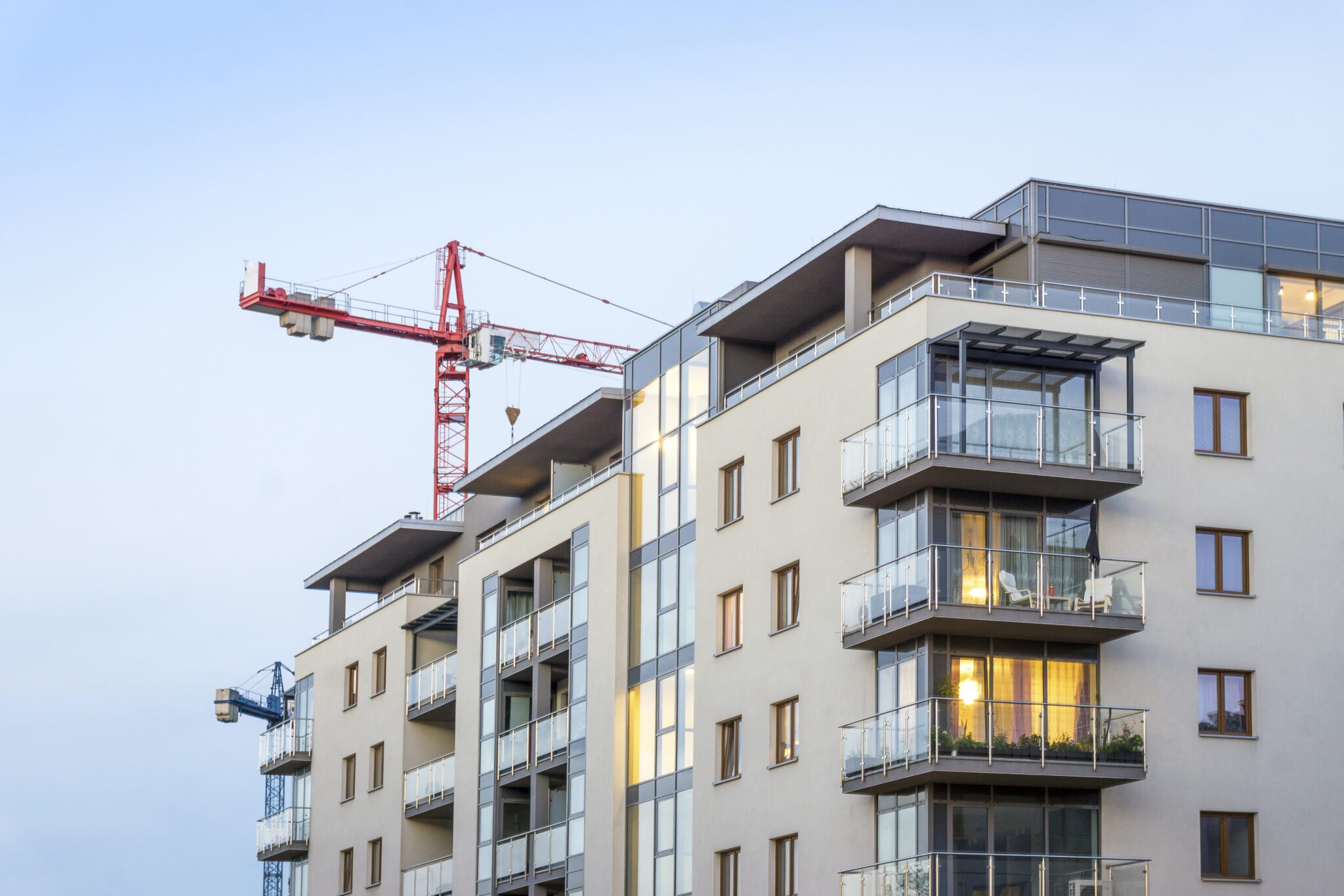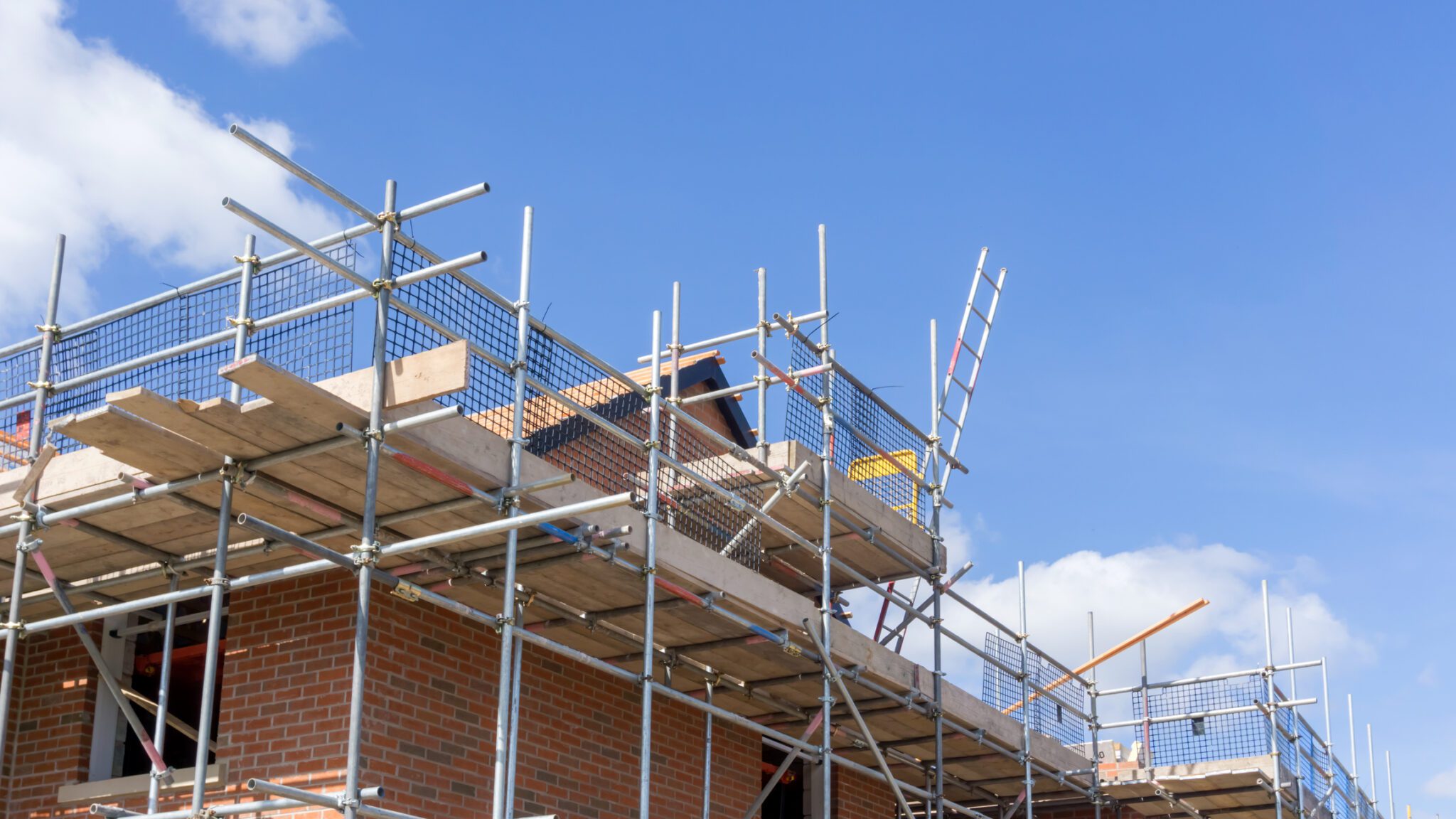If you are a licensed asbestos removalist, or you or your business owns or occupies a building containing asbestos, you will need to ensure that you are complying with the Health and Safety at Work (Asbestos) Regulations 2016 when they come into full force on 4 April 2018.
Owners and occupiers of buildings
If you are a building owner, or if you have a business or undertaking which occupies a building, you must:
- identify whether asbestos or asbestos containing material (ACM) is in that building;
- if asbestos is present, create a management plan; and
- ensure that you continue to meet all ongoing obligations.
Any buildings constructed or refurbished between the 1940s and the mid-1980s may have asbestos or ACM. However, it cannot be assumed that a building constructed or refurbished outside of these time periods won’t contain asbestos. The importation of ACM was not officially banned in New Zealand until October 2016.
Your safest bet is to engage an asbestos surveyor to identify if asbestos is present. If the surveyor confirms that there is no asbestos, then your obligations under the regulations end.
If a surveyor identifies that your building does have asbestos, you can either have all of the asbestos removed, or create and implement a management plan, and meet your ongoing obligations.
A management plan needs to include:
- detail of where the asbestos or ACM is located on the property;
- decisions, and the reasons for the decisions, about the management of the risk arising from exposure to asbestos; and
- procedures for dealing with incidents.
You also have an ongoing duty to update and review that management plan. The management plan needs to be provided to any worker and any PCBU that intends to carry work out on site. There is also duty to inform people when work is to be carried out on site, and to ensure that any removal of the asbestos or of ACM is carried out by appropriately licensed workers.
As both the owner and the occupier of a building are PCBUs (persons conducting a business or undertaking) under the health and safety legislation, both have these obligations and will be liable for any breach of the regulations. The owner and the occupier of the building should consult, co-operate and co-ordinate activities when dealing with the asbestos and ACM, but one cannot just leave it to the other to manage these risks, as the obligations cannot be contracted out of, or transferred to another person.
If you breach these regulations, you could be liable to pay up to $50,000 per breach of those regulations.
Changes in licensing regime
Removals
There are two types of licences required for the removal of asbestos. This depends on whether the asbestos is friable (essentially asbestos or asbestos-containing materials which can be crumbled into fine material or dust) or non-friable (bonded).
- Workers who hold a Class A licence (Unit standard 29766) may remove any quantity of friable asbestos or asbestos-containing material and any amount of asbestos-contaminated dust or debris.
- Workers who hold a Class B licence (Unit standard 29765) may remove any amount of non-friable asbestos or asbestos-containing material and any amount of asbestos-contaminated dust or debris. Before 4 April 2018, a worker could undertake a maximum of four weeks of class B removal work in any given year without holding a Class B licence. This will not be possible after 4 April 2018 but if a worker has started removal work before 4 April 2018, that person can continue until the four weeks has expired.
A licence is not required for the removal of up to and including 10m2 of non-friable asbestos or asbestos containing material – this is a cumulative amount over the whole course of the removal project.
A licensed asbestos removalist is required to ensure the worker carrying out the removal work holds the right certificate in the relevant course. They also must provide the appropriate instruction to ensure that the work is carried out in accordance with the removal control plan for the workplace.
Assessors
From 4 April 2018, air monitoring and the clearance inspections and certificates for Class A removals, can only be done by an independent assessor (someone not from the same company or business group that carries out the removal). For Class B removals, no license is required but there is still a requirement that a “competent person” (being a person with the requisite knowledge, experience, skills, and qualifications) carry out the clearance inspections and issue the clearance certificates.
After 4 April 2018, a current assessor license from Australia will not be sufficient to be a “competent person” under the licensing regime; a New Zealand licence will be required.
Supervisors
Every licence holder must nominate a supervisor on his or her asbestos removal licence. The supervisor’s role is to oversee the licensed asbestos removal.
Supervisors must have completed the requisite training by 4 April 2018. Supervisors (if supervising both Class A and Class B removals) will need to hold all three unit standards (29765, 29766, 29767).
- Any supervisor without a current Certificate of Competence will need to sit the test for either Class A or Class B supervision (depending on which one they are supervising).
- Any supervisor with a current Certificate of Competence from 4 April 2018 with specified categories E or F will only need to sit the test if they intend to supervisor Class A work. They will qualify automatically for supervision of Class B work.
- Any supervisor with a current Certificate of Competence with either no specified categories or with categories A to D does not need to sit a competency test.
Training records
Written training records for workers and supervisors must be readily accessible and available for inspection at the removal area. Records must be kept while asbestos is being carried out and five years after the date the worker stopped carrying out work for that asbestos removalist.
If you have any questions about compliance with these regulations, please contact a member of our construction and projects team.
Disclaimer: the content of this article is general in nature and not intended as a substitute for specific professional advice on any matter and should not be relied upon for that purpose.





